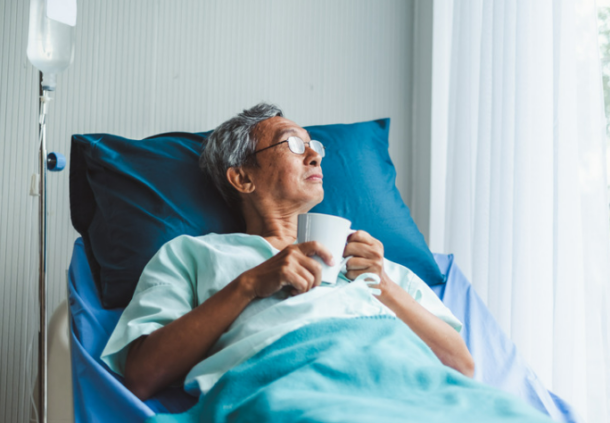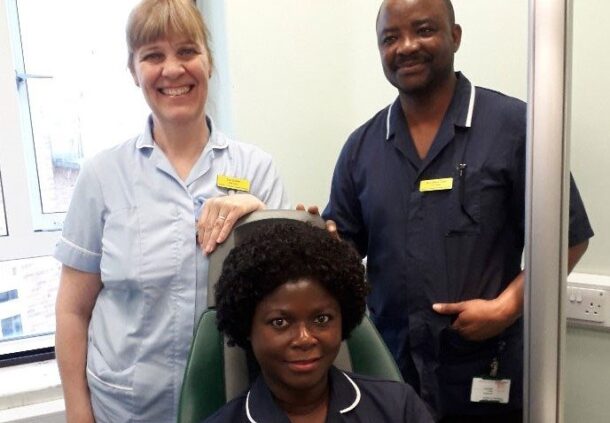Taking part in research
Patients and members of the public are invited to take part in our vital research activity to improve the care that we all receive.

How members of the public can get involved
The research studies we run look to assess new treatments, devices or techniques against current standards of care – these studies identify the best ways of looking after patients and keeping people health.

How patients can be involved
Our research studies assess new treatments, devices or techniques against current standards of care. These studies identify the best ways of looking after patients and keeping people healthy.

Research champions
Our research champions are volunteers who give their time to help spread the word about health and care research to patients and the public. They help our staff understand the experiences of those taking part in our research.
Frequently asked questions
Our FAQs may help provide answers to your questions about participating in our research.
Glossary of research terms
Our glossary of research terms provides an explanation of various words used in relation to research and innovation.